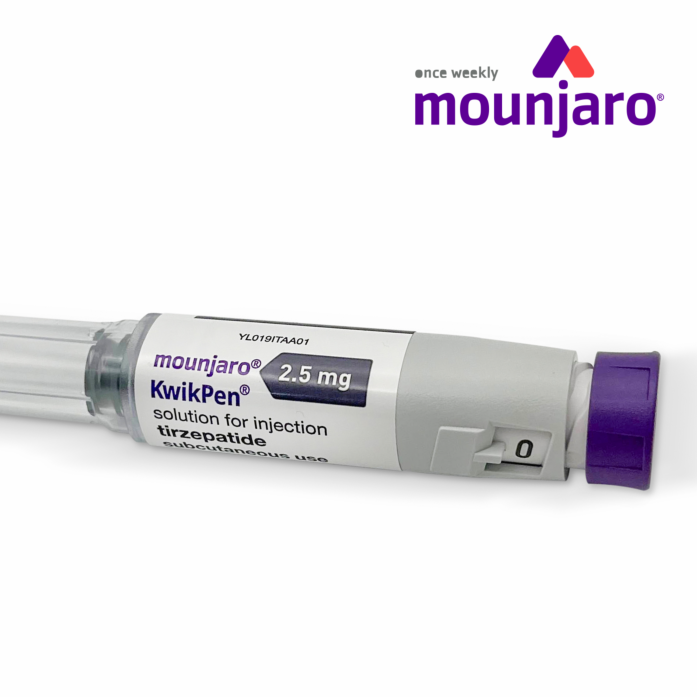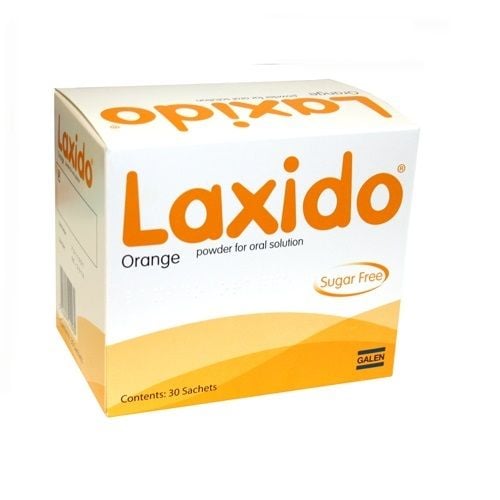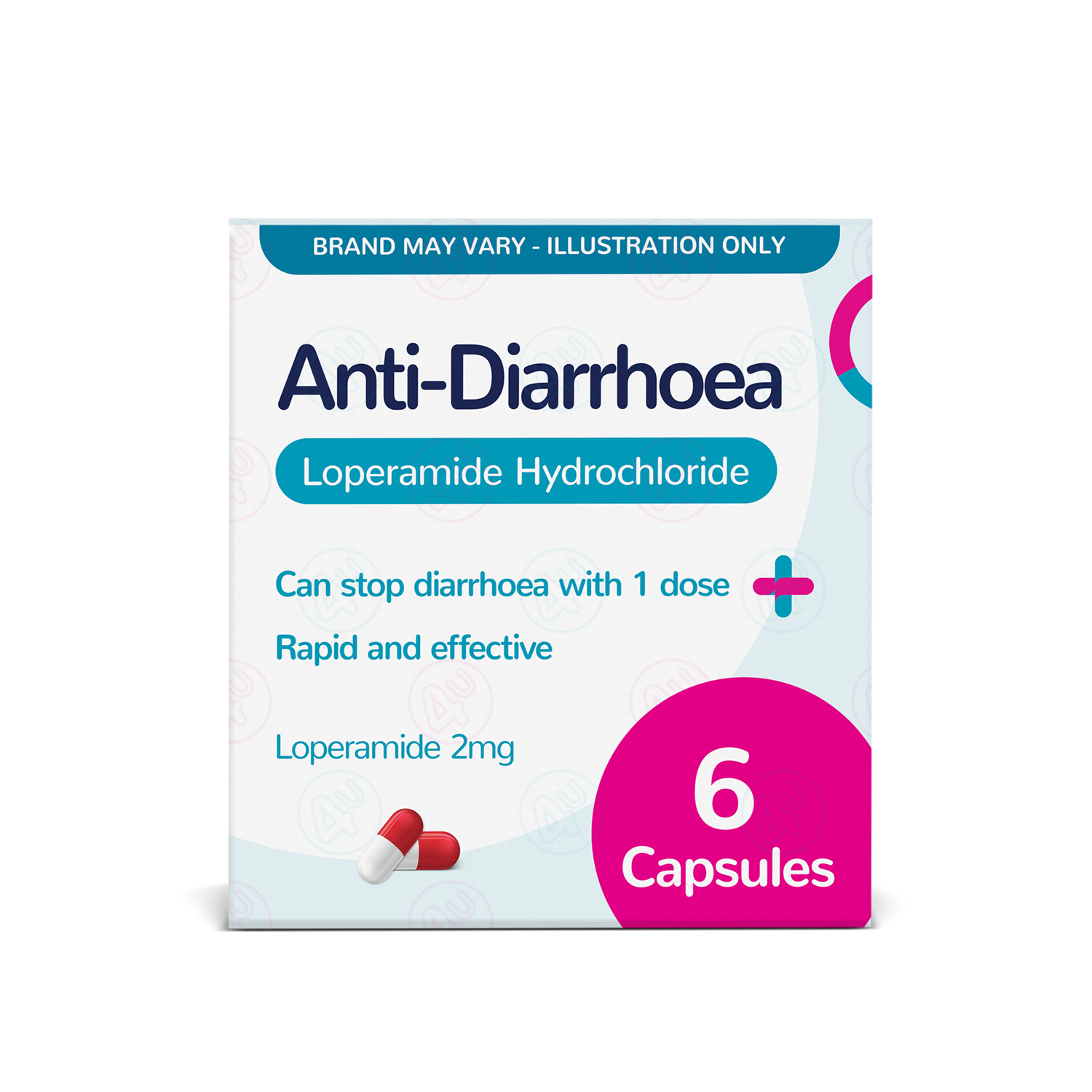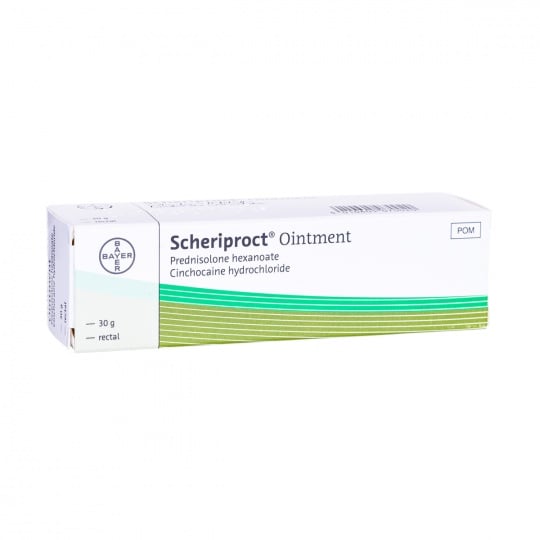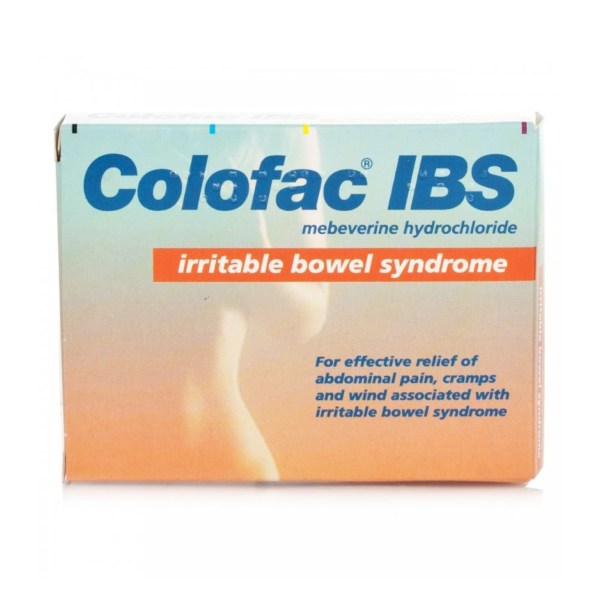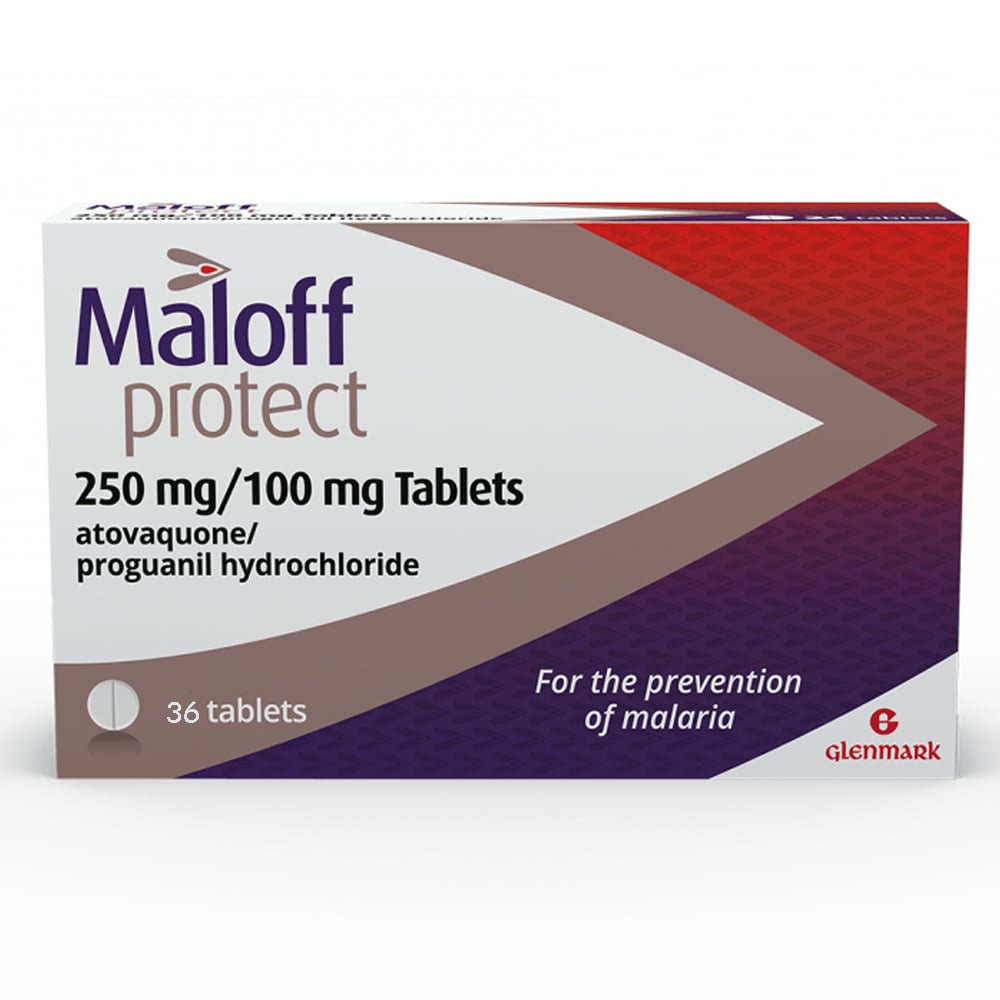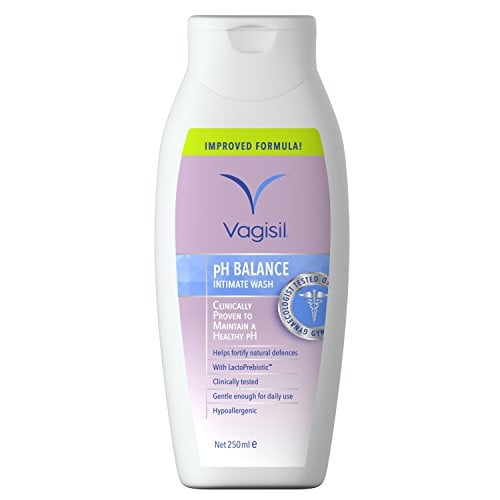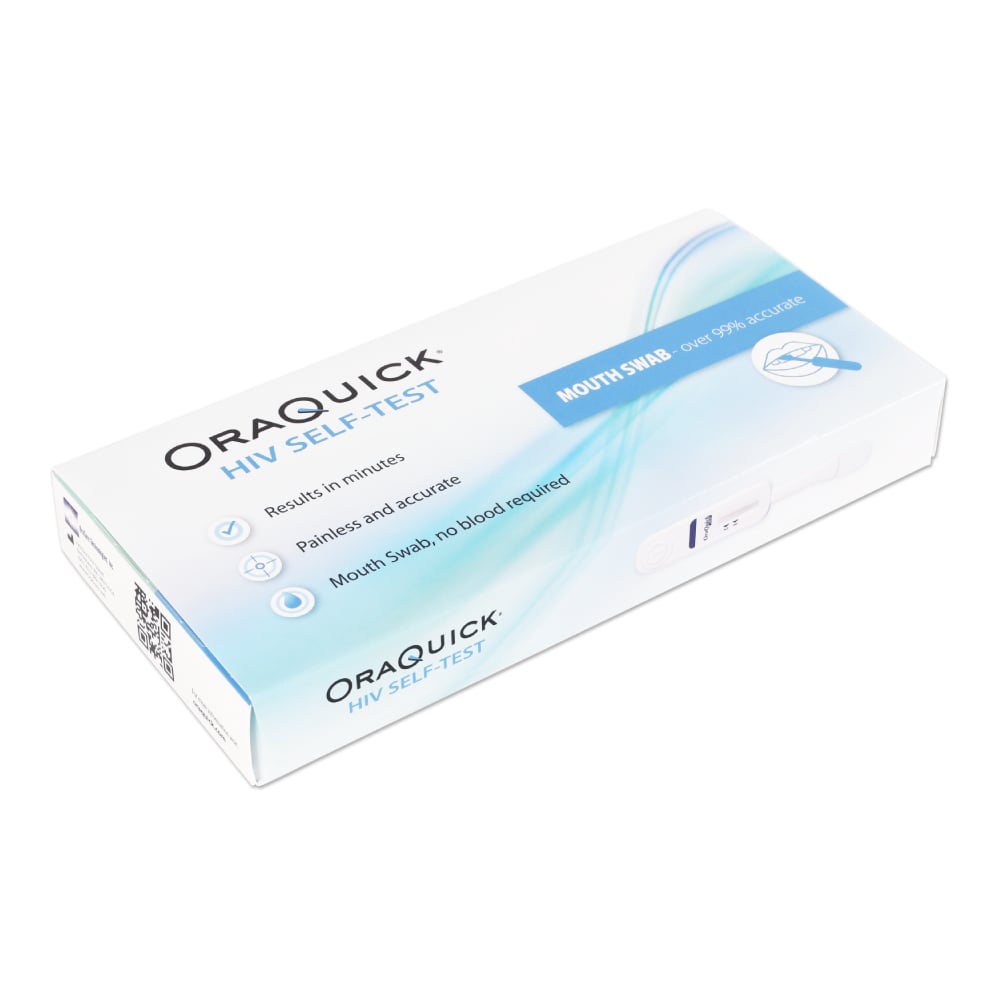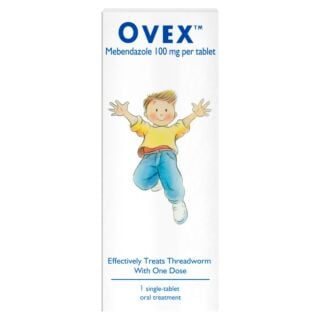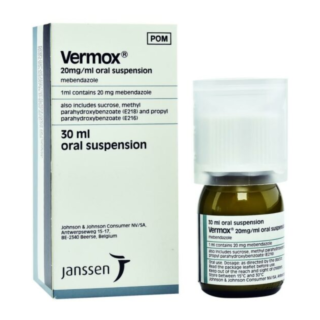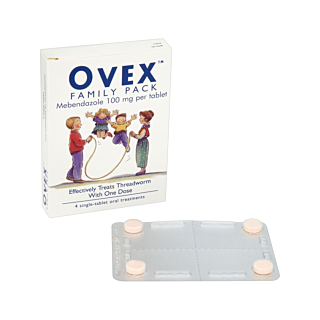Threadworms
Threadworms (also known as pinworms) are a common type of parasitic infection that can cause uncomfortable itching around the bottom, especially at night. They’re most often found in children but adults can catch them too - and they can spread easily between family members. … Read More See less
Fortunately, threadworms are usually easy to treat with medicine and good hygiene. So, whether you’re looking for relief from symptoms or want to stop threadworms spreading in your home, we’ve got a range of effective treatments to help.
What do threadworms look like?
Threadworms are small, white thread-like worms that live in the gut. They look a bit like tiny pieces of cotton thread and are around 2–13mm long.
You may spot them in poo or around the bum - especially at night when the female worms come out to lay their eggs. In some cases, they may also be seen on toilet paper or in underwear.
Despite their small size, threadworms can cause noticeable irritation and discomfort - especially if the infection is left untreated.
Threadworms symptoms
The most common symptom of threadworms is itching around the bottom, causing irritation that can disturb sleep - especially at night.
You might also notice:
- Irritability or tiredness during the day
- Weight loss
- Visible worms in poo, underwear or around the anus
- Scratching, which can sometimes lead to broken skin or infections
In some cases, especially in children, threadworms may also cause tummy pain.
Many people with threadworms may have no obvious symptoms at all.
Can threadworms kill you?
No - threadworms aren’t dangerous and don’t cause serious harm in healthy people.
They can be uncomfortable and unpleasant though, but they’re easy to treat with medication and good hygiene.
The biggest concern is usually the risk of re-infection or having them spread to others in the household, which is why treating everyone at the same time and following strict hygiene measures is important.
How do threadworms spread?
Threadworms spread easily from person to person, usually through poor hand hygiene.
The eggs are laid around the anus and, when someone scratches, the eggs can easily transfer to:
- Bedding
- Clothing
- Toys
- Food
- Hands
These microscopic eggs can survive outside the body for up to two weeks and they’re easily picked up and swallowed, often without realising.
Children are more likely to catch threadworms, especially in their day-to-day environments like schools or nurseries. But infection isn’t limited to those places and can spread quickly within households if hygiene measures aren’t followed.
Everyday habits such as sharing towels, preparing food or touching contaminated surfaces can all increase the risk - especially if you aren’t regularly washing your hands.
Threadworms in adults
Although threadworms are more common in children, adults can get them too, particularly if they live or work closely with young children.
In adults, the symptoms are often the same. Expect itching around the bottom, disrupted sleep and visible worms in your stools. You may not notice any symptoms at all, but you can still pass the infection on to others.
Treatment and hygiene advice is the same for adults and children, and it’s recommended that everyone in the household is treated at the same time to help stop the cycle of infection.
What do threadworm eggs look like?
Threadworm eggs are so small you can’t see them with the naked eye. They’re microscopic and are usually laid in the skin around the anus, often at night.
While you won’t be able to spot the eggs themselves, you may notice signs that suggest they’re present such as irritation or scratching.
Threadworms treatment
If you’re wondering how to get rid of threadworms, the good news is that they’re usually easy to treat with a combination of medicine and hygiene.
Here’s what you can do:
- Take threadworm medicine – Over-the-counter treatments like mebendazole, found in Ovex or Vermox, kill the worms in the gut. One dose is usually enough, but a second dose may be needed two weeks later to prevent reinfection. It’s important that everyone in the household takes the treatment, even if they don’t have symptoms.
- Follow strict hygiene measures – Medicine only kills the worms, not the eggs. To stop them coming back, you’ll need to break the cycle of reinfection by:
- Washing hands regularly, especially after using the toilet and before eating
- Cleaning under fingernails and keeping nails short
- Washing bedding, towels and sleepwear on a hot wash
- Showering in the morning to remove any eggs laid overnight
- Vacuuming and cleaning surfaces every day for at least two weeks
- Avoid scratching – This can spread eggs to hands, clothing and surfaces. Wearing cotton gloves at night can help with this, especially for children.
By combining medicine with good hygiene, you can get rid of threadworms and stop them spreading. If symptoms persist after treatment, speak to a pharmacist or your GP for advice.
Preventing threadworm reinfection
Once you’ve treated threadworms, it’s important to take steps to stop them coming back.
Reinfection is common, especially in households with children - but with a few simple habits, you can break the cycle for good.
Here are some easy steps to help prevent threadworms from returning:
- Keep up good hand hygiene
Make regular handwashing a routine - especially after using the toilet, changing nappies or before eating. Soap and warm water are all you need. - Encourage children not to scratch
Scratching the bottom can transfer eggs to fingers and surfaces. Keeping nails short and wearing cotton gloves at night can help young children avoid spreading eggs in their sleep. - Clean shared spaces regularly
Pay attention to high-touch surfaces like toilet flushes, door handles, taps and light switches. A quick daily clean can make a big difference. - Change and wash bedding frequently
Even after treatment it’s worth washing bedding, towels and pyjamas a few times a week on a hot wash, especially for the first couple of weeks. - Stay alert for symptoms
Threadworms can come back - so keep an eye out for signs like itching or poor sleep. If symptoms reappear, speak to a pharmacist about retreatment.
By building these habits into your daily routine, you can lower the chances of threadworms spreading again - and keep your home and family protected.
Sources
- https://www.nhs.uk/conditions/threadworms/
- https://www.nhsborders.scot.nhs.uk/media/197883/threadworms-June-2014.pdf
- https://kidshealth.org/en/parents/pinworm.html
- https://www.nhsinform.scot/illnesses-and-conditions/stomach-liver-and-gastrointestinal-tract/threadworms/
- https://www.rch.org.au/kidsinfo/fact_sheets/worms/
- https://cks.nice.org.uk/topics/threadworm/
- https://www.nhs.uk/medicines/mebendazole/how-and-when-to-take-mebendazole/
- https://www.nhs.uk/conditions/threadworms
- https://my.clevelandclinic.org/health/diseases/21137-pinworms

Free delivery when you spend over £30

100% discreet delivery for every item ordered
Fully regulated UK pharmacy
What are the symptoms of threadworms?
What are threadworms?
Threadworms are very small parasitic worms that can infect the large intestine and they are particularly common in children under the age of 10.
They can spread easily and affect anyone, especially if proper hand hygiene isn’t practised after using the toilet.
Threadworms often go unnoticed, but they may cause itching around the anus or vagina, particularly at night.
Sometimes you can spot threadworms on bed sheets or in stools - they look like threads of white cotton and measure about 1cm long.
Can I treat threadworms at home?
How do you get threadworm?
How long does threadworm treatment take to work?
What is threadworm?
Threadworm, which is also known as pinworm, is an uncomfortable condition that’s usually more common in children than adults.
It happens when your large intestine becomes infected with little, parasitic threadworms, making you feel uncomfortable and itchy.
You may not notice any symptoms right away, but if you or your child have threadworm then you may wake up more at night, or notice the worms in your poo.


